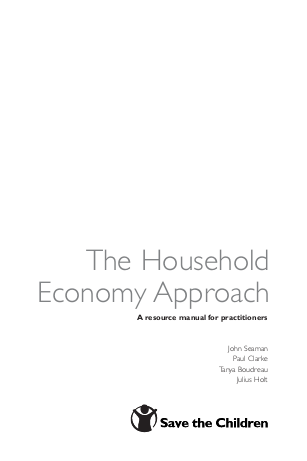
It is now widely agreed that hunger and famine are best understood not only in terms of the supply of food, but in terms of people’s ability to gain access to enough of that food. Even in rich countries where food is in abundant supply, people can go hungry if they do not have enough money to buy it. This criterion of access to food has been very useful in explaining why hunger and famine occur in the way they do. For instance, it explains why, in poor countries where even in normal times some people do not get enough to eat, the failure of crops and other production is only rarely followed by starvation. Even in the face of severe production failure, people can often acquire enough food to survive by using food reserves or by exchanging savings, livestock and other assets for food. Even the poorest people, those who have neither assets nor reserves, may be able to survive by finding additional employment or other sources of income. However, the concept of access has proved less useful in practice. Although the monitoring of food production and exchange (for example, by remote surveillance or price monitoring) has become routine, it is more difficult to assess people’s ability to access food. A crop failure, an increase in the price of staple foods or some other shock may be easy to observe, but it is much harder to explain how they might affect people’s ability to obtain enough food. We can only understand this if we understand people’s normal economy: how they usually make a living; their savings, reserves and assets; and how household production and labour are exchanged for other goods. For example, a family heavily dependent on agriculture would be more affected by crop failure than one that relied more on livestock or wage income. A family with substantial reserves might easily survive a production shock, whereas a family without reserves or alternative sources of income might be quickly reduced to starvation.